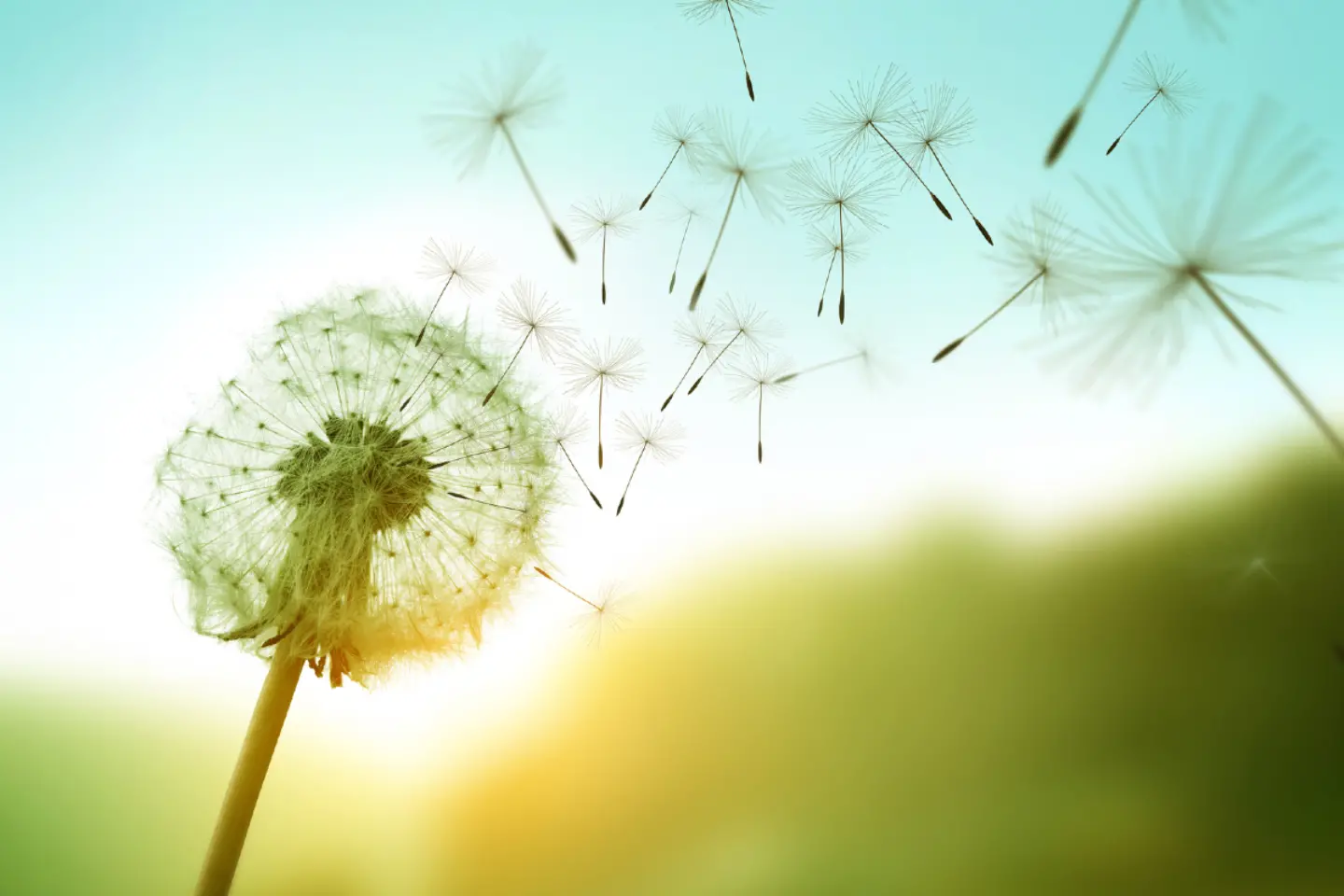Often dismissed as a pesky weed, the humble dandelion is a plant that hides a multifaceted array of secrets beneath its sunny exterior. Considered a nuisance to many gardeners, Taraxacum officinale – the botanical name for the common dandelion – may seem like an unlikely candidate for an extraordinary flora. However, upon closer inspection, one can unearth numerous reasons why this ubiquitous bloom deserves a second look for its unique characteristics and uses.

Firstly, the dandelion is a botanical marvel for its resilience and adaptability. It can thrive in a variety of harsh conditions, often being one of the first plants to colonize disturbed or poor soil. This hardiness makes it a critical pioneer species, aiding in the restoration of ecological balance by stabilizing the soil and providing a habitat for insects and other wildlife.
Furthermore, the dandelion's lifecycle is a masterclass in survival strategy. Each flower head is actually a composite of hundreds of tiny flowers called florets, which after pollination, turn into the iconic seed heads or "blowballs" that release seeds into the wind. This effective means of propagation ensures that the species spreads far and wide, with each plant capable of producing up to 12,000 seeds.
A deep dive into the dandelion's root system reveals another exceptional feature – sustainability. Dandelions have long taproots that can penetrate soil up to 10-15 inches deep. This allows them not only to draw water from deep underground, making them extremely drought-tolerant, but also to help aerate the soil and reduce erosion. Their presence is beneficial to other plants around them, as they bring nutrients like potassium, phosphorus, and calcium to the surface.
But dandelions aren't just tough survivors; they have been valued throughout history for their medicinal properties. Traditional herbal medicine practices have utilized every part of the dandelion for various remedies. The leaves are rich in vitamins A, C, and K and are believed to support liver health, aid in digestion, and act as a mild diuretic. The roots are often dried, roasted, and ground as a coffee substitute with potential antioxidant properties.
Another lesser-known secret of the dandelion is its culinary versatility. For centuries, various cultures have included this plant in their diets. Young dandelion leaves add a bitter, peppery twist to salads and are delicious sautéed or steamed. The flowers, with their mild sweetness, can be used to make dandelion wine or battered and fried as fritters. Dandelion roots are also edible and are often used in soups and as a caffeine-free coffee substitute when roasted.
In addition to their culinary uses, dandelions play an essential role in the ecosystem as one of the earliest blooming plants, providing vital nectar and pollen for bees and other pollinating insects emerging from hibernation. As pollinator populations face global decline, the presence of dandelions can offer an early-season lifeline for these crucial species.
Moreover, the dandelion also exhibits extraordinary beauty in its design. Its bright yellow flowers provide a splash of color in even the drabbest of landscapes, and its intricate seed heads are a testament to the delicate complexity of nature. Its mere presence is a herald of spring, signaling warmer days ahead and the resilience of life.
In terms of scientific research, the dandelion is also sparking interest in areas such as sustainable rubber production. Scientists have discovered that dandelion species native to Kazakhstan produce latex in their roots. This discovery could potentially lead to an alternative sustainable source of rubber, reducing our reliance on traditional rubber tree plantations.
Lastly, the dandelion has ingrained itself into cultural folklore and children's lore across the globe. The age-old tradition of making a wish and blowing the seeds from a dandelion seed head has charmed generations, turning this ordinary 'weed' into a symbol of hope and whimsy.
In conclusion, the common dandelion is a fascinating study in resilience, utility, and unexpected beauty. This often-overlooked flower boasts a wealth of ecological benefits, cherished uses in traditional medicine and cooking, and a captivating aesthetic appeal. Next time a bright patch of these so-called weeds catches your eye, take a moment to appreciate the extraordinary secrets these sunny blooms hold. They are far more than simple garden invaders; they are wonders of nature that truly embody the art of survival and the potential for harmony between humans and the natural world. The dandelion, in its unassuming beauty, is indeed an unsung ecological and cultural hero.
